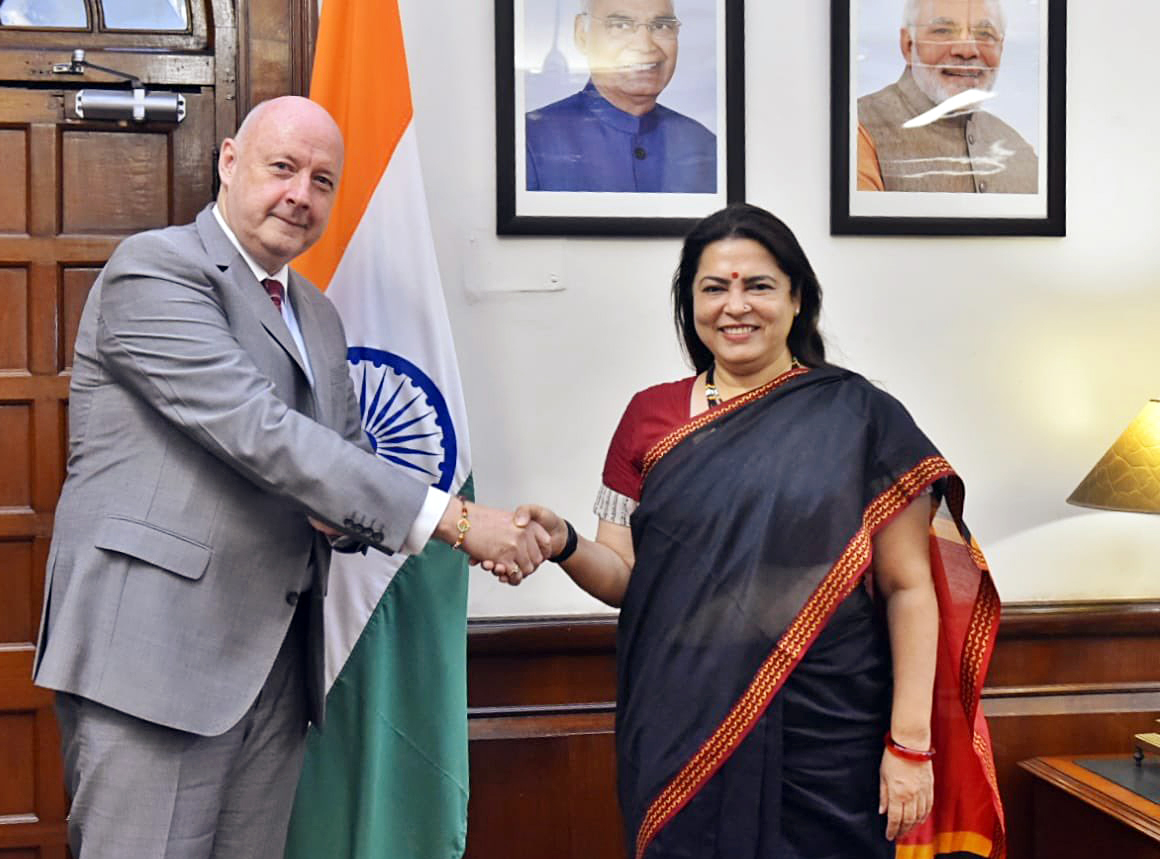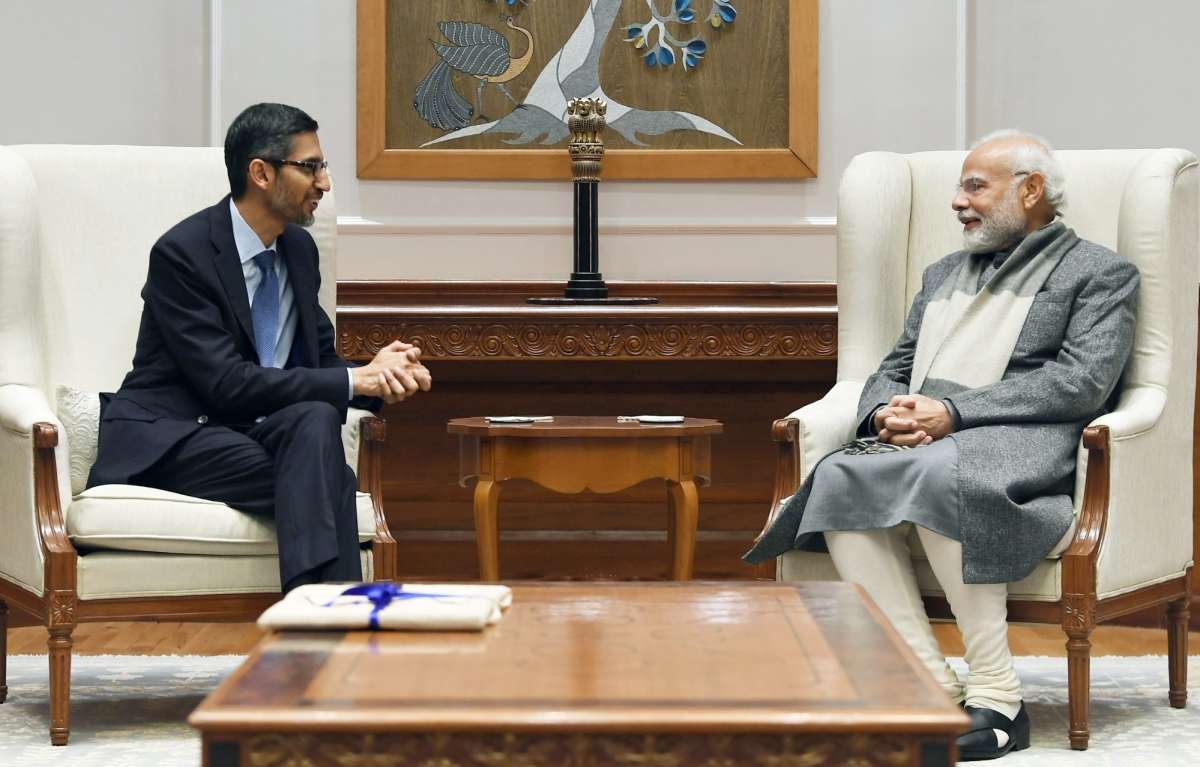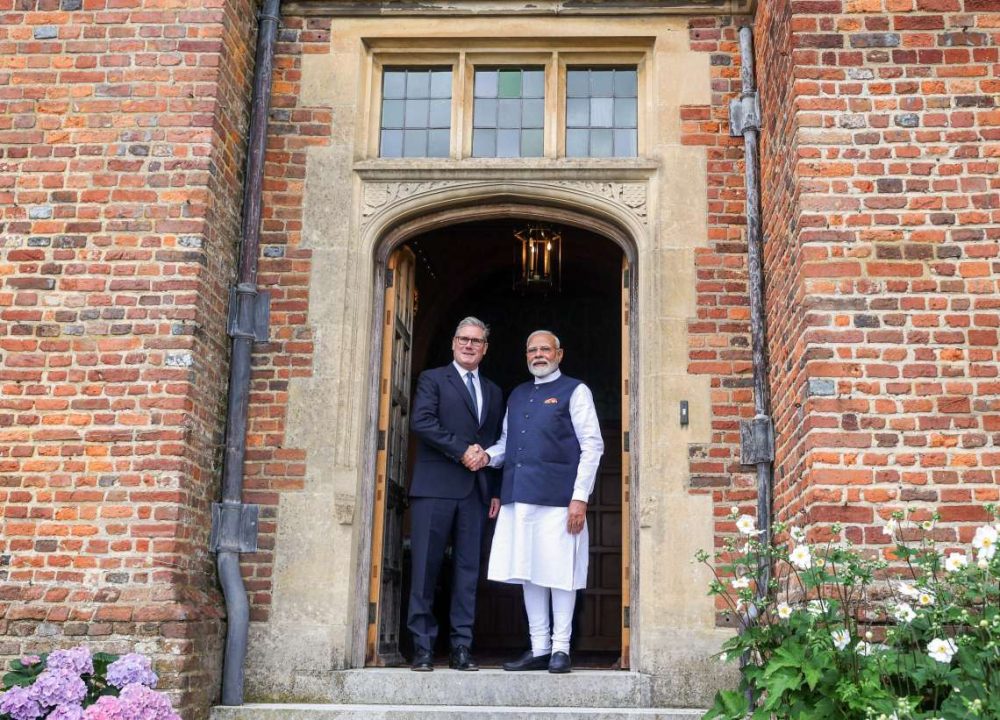India assumed the presidency of the G20 grouping on December 1 and will hold the post for a year…reports Asian Lite News
Denmark’s Ambassador to India, Freddy Svane, on Monday expressed his views on the G20’s logo and said the lotus shows India is ready to take responsibility and his country pins high expectations for the tenure.
“Expectations are high on India’s Presidency because New Delhi has a unique chance to build a bridge between what was and what has to come. So I think also looking into the logo with the hands holding up the lotus flower holding up the planet that symbolizes that India is ready to take responsibility. Our hopes are the highest with ‘One Earth One Family and One Future,'” Svane told ANI. Talking about the focus area between the two countries, Denmark’s envoy mentioned both countries will eye for a green transition.
Svane added, “Bilaterally, we will be the eying the green transition. your honourable Prime Minister during his last Independence Day speech highlighted the necessity for India really to move from being a developing country to becoming a leader of the developed world. In that trajectory, you need to have a green transition. So that’s where we bring in whatever we can, but we are not preaching or teaching India what to do. We are here to inspire India and we hope that this will be the future that shape not only for ourselves but also for the world at large.”
Svane also highlighted that the relations between the two countries are ‘best ever’ and said, “We have been very happy to see this interaction, three summits in three years which is fantastic and unbelievable in our context.”
India assumed the presidency of the G20 grouping on December 1 and will hold the post for a year.
India has progressively decoupled economic growth from greenhouse gas emissions. For example, the Net Zero Emissions target by 2030 by Indian Railways alone will reduce emissions by 60 million tonnes annually.
Similarly, India’s massive ‘Ujala’ LED bulb campaign is reducing emissions by 40 million tonnes annually. To further complement these ongoing efforts, India launched the National Hydrogen Mission in 2013 to make India the world’s largest hydrogen hub.
Even though it supports the second largest population in the world, India’s sustained efforts have ensured that its per capita CO2 emissions are much lower than the global average.
The US emits 14.7 tonnes per capita, China emits 7.6 tonnes per capita while India’s CO2 emissions amount to 1.8 tonnes per capita.
The global power sector is undergoing an accelerated transformation due to technological innovations and response to climate change protocols.
India has always shown its willingness in leadership to fight climate change. The country’s vision is to achieve Net Zero Emissions by 2070, in addition to attaining the short-term targets which include: Increasing renewables capacity to 500 GW by 2030, Meeting 50 per cent of energy requirements from renewables, Reducing cumulative emissions by one billion tonnes by 2030, and Reducing emissions intensity of India’s gross domestic product (GDP) by 45 per cent by 2030.
India’s experience will be valuable to other developing nations as they translate their climate pledges into actions and undertake energy transitions towards a more sustainable energy future. (ANI)














